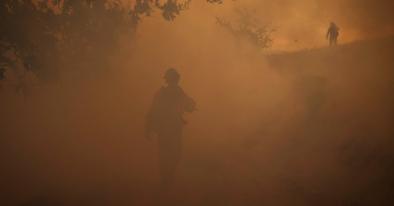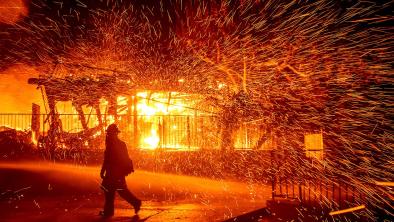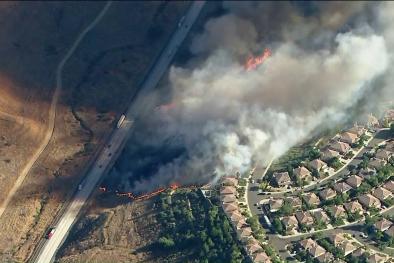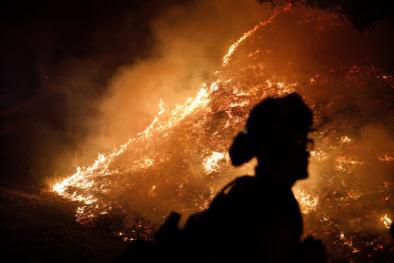Science Source
Climate change presents increased potential for very large fires in the contiguous United States
- States that very large fires (VLFs) have important implications for communities, ecosystems, air quality and fire suppression expenditures
- VLFs over the contiguous US have been strongly linked with meteorological and climatological variability
- Builds on prior modelling of VLFs (.5000 ha) and downscales an ensemble of 17 global climate models over the US for climate experiments covering the historic and mid-21st-century periods to estimate potential changes in VLF occurrence arising from anthropogenic climate change
- Finds that increased VLF potential was projected across most historically fire-prone regions, with the largest absolute increase in the intermountain West and Northern California
- Finds that, complementary to modelled increases in VLF potential, were changes in the seasonality of atmospheric conditions conducive to VLFs, including an earlier onset across the southern US and more symmetric seasonal extension in the northern regions
- Concludes that these projections provide insights into regional and seasonal distribution of VLF potential under a changing climate, and serve as a basis for future strategic and tactical fire management options
Related Content
Headline

Nov 5, 2019 | The New York Times
5 Lessons We Learned From the California Wildfires
Headline

Oct 31, 2019 | The Weather Channel
Two New California Wildfires Burn Homes In San Bernardino, Riverside; Evacuations Underway
Headline

Oct 29, 2019 | BNN
California Fire Damage Already at $25.4 Billion, and Counting
Headline

Oct 29, 2019 | The Mercury News
California fires: Is climate change making the winds stronger?


